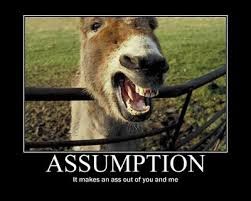Automation, in true sense, relieves the person from manual efforts by regulating the repetitive tasks to an extent. Automation is the preferred choice in most industries and software may also be brought into the circle of automation, but without deviating from its actual definition. Automation should not become a costly affair for an engineer to perform.
So, here comes the big question: “How to approach Automation? “
That brings us to the basics of Automation, i.e. what and when to automate. It is not possible to automate everything in software; however test scenarios those are time consuming and executed repeatedly can be considered for automation. GUI items, Business Critical test cases, connections with database, data validation generally make good automation stuff. Test automation should be done when the projects are large and critical to business, requires frequent regression testing, requirements are not changing frequently, load and performance tests needs to be included, and most importantly project build is stable.
It is required to follow a proper approach to create and execute automation test script so as to increase the efficiency in automating the software. Firstly, define the scope of automation, taking in view the test scenarios to be tested, technical feasibility, complexity and priority of selected tests. After defining the scope, test tool selection should be made depending upon the software interface and technology used. A proper framework is needed to execute automation scripts, so the framework implementation on the selected test tool should be undertaken.
Tests always run in well-configured environment that supports the tool. Hence, configure the environment correctly and then related test data preparation should be done, to avoid any risks due to invalid data giving inaccurate results.
Automated test development consists prioritizing of test cases to be automated, writing of automation scripts, mapping those scripts with test cases and creating elaborate test suite. Tests then can be run either by using the Test tool or Test Management tools with test data as input and generate test reports for the analysis of the result. Test execution should always be supported and monitored to ensure it is done as per the scope of the automation. Lastly, maintenance of the scripts is done. With every build, scripts need to be added, modified or deleted to make the automation efforts optimally effective.
Therefore, we can maximize the potential of efforts made into automation by strategically planning the automation process. It is always advisable to correct the shortcomings in any process as early as possible to avoid unprecedented repercussion if same is done in later stages, as evident in case of software development models.
Happy Testing !






